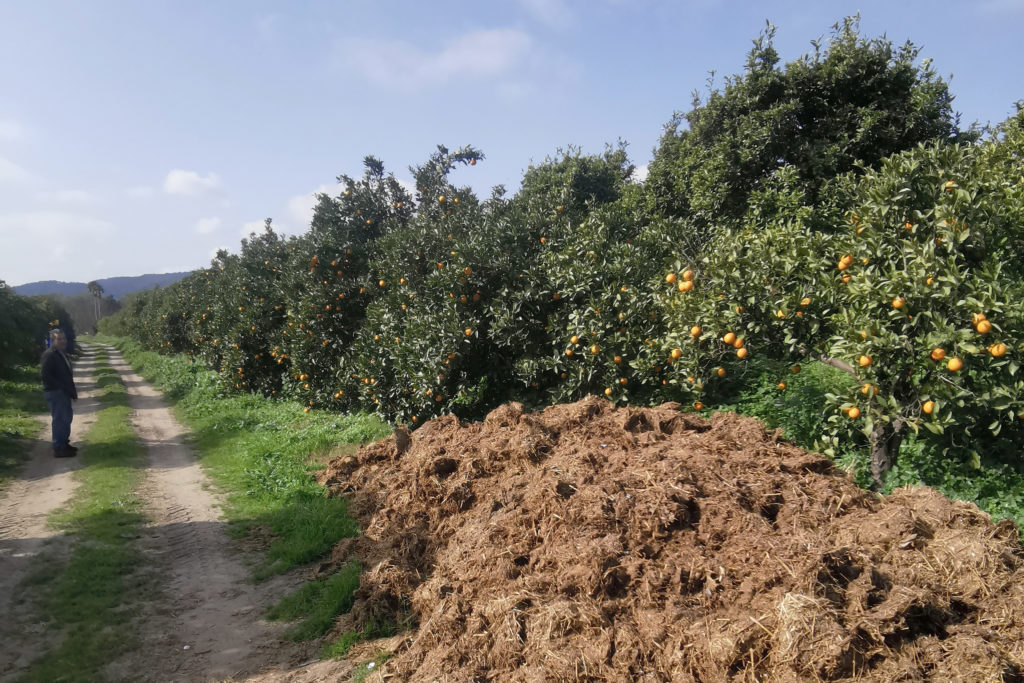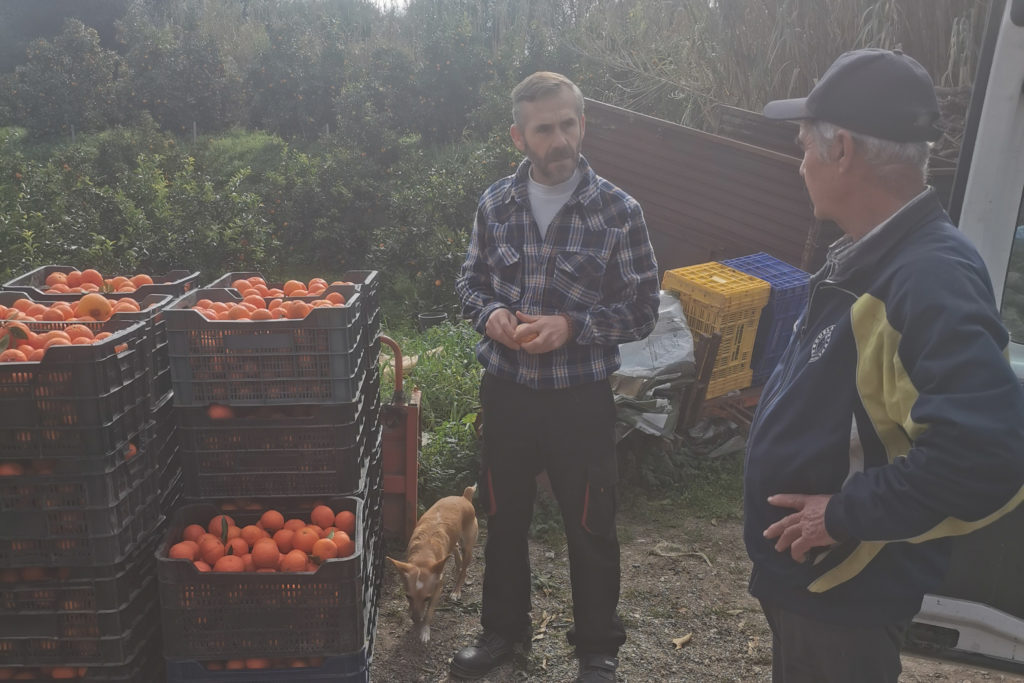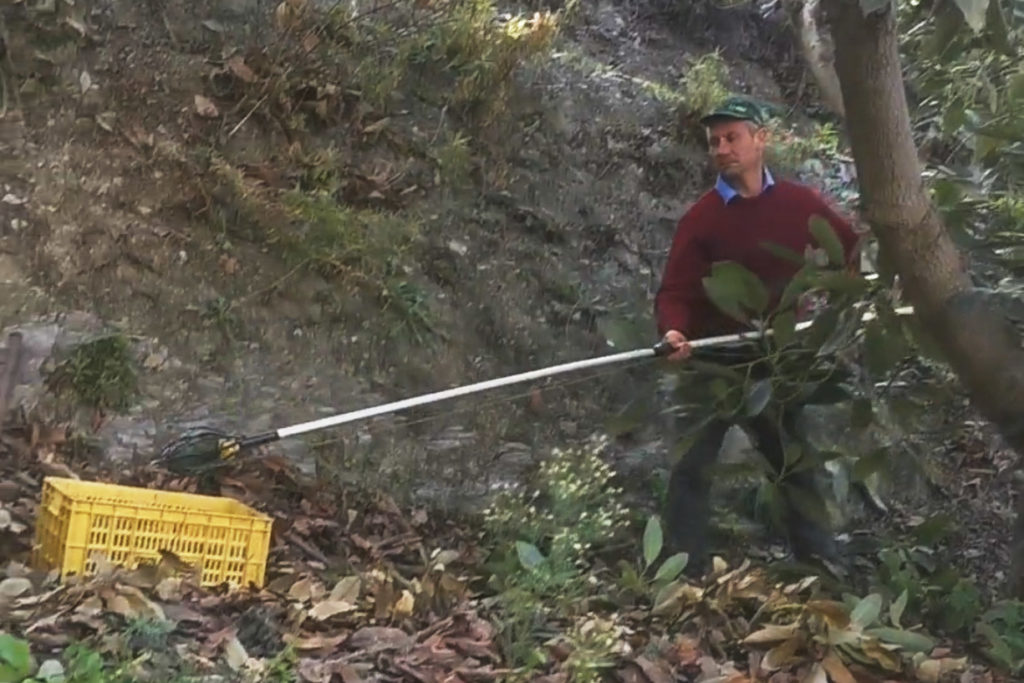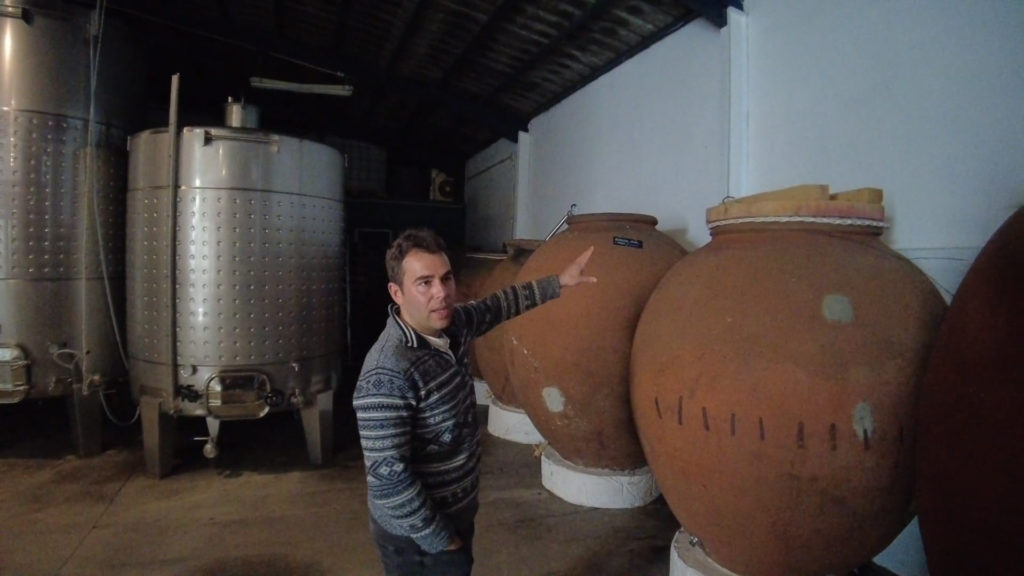Driving around Andalusia visiting the farmers of Tierra y Libertad I am constantly struck by the diverse landscapes. It’s true that Andalusia is big – at 87 268 km² it is bigger than Belgium and the Netherlands combined – but when you add that size to the wide ranging differences in elevation, rainfall and the long coastline you get a lot of diversity. Going to Pedro’s farm for the first time, which is in Castellar de la Frontera, a small village in the province of Cadiz in sight of Gibraltar, I was surprised to see how green things were despite the drought. The mountains that rise immediately to the north – the Sierra de Grazalema – are home to the villages that receive the highest rainfall in all of Spain, and I suppose part of that moisture makes it back down to the coast. I passed fields with cows grazing lush green grass, something I rarely see in my Andalusian travels, especially these days.
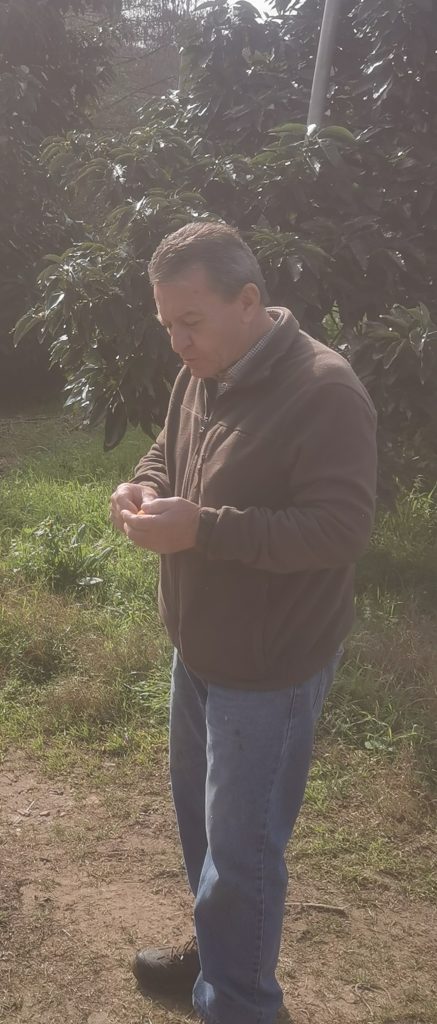
Pedro’s farm hasn’t been a farm for so long. His father bought the land from the government half a century ago when the government was trying to encourage agriculture in the region. Unlike many other coastal areas of Andalusia, it had not been historically in cultivation, perhaps because it is prone to rare but extreme cold snaps. In 2005 a temperature of -8°C killed all the avocado trees in the valley, and in 2011 a -6°C overnight freeze destroyed the citrus harvest for that year and severely damaged the trees.
In spite of the risks, because of the abundant water and good soil farmers like Pedro began planting primarily citrus but also avocado here 25-30 years ago. More recently there has been a boom of avocado planting due to the relative availability of good flat land and water and the high avocado price. The farmers are betting that there will not be another devastating freeze due to climate change, which seems risky to me. However, with the high prices of avocados on the conventional market farmers make back their investment generally in 5 years, so it seems the risk is acceptable for them.

Pedro has 9 hectares of valley bottom land with a small perennial stream running through it. The land varies a lot for its size, with about half being clay, which makes for delicious tasting oranges, a quarter a mix of clay and sand and the other quarter sand. He has mostly Valencia oranges which he planted 25 years ago, and also Valencia Late (the oranges Tierra y Libertad buy from him), clementines and avocados.
Pedro has a very non interventionist farming philosophy. He keeps the green cover year round on the soil, uses composted manure for fertility, and instead of trying to fight nature if a tree or a variety doesn’t do well he simply removes it. He is in the process of taking out some of his avocados which didn’t fair well in the sandy soil, and replanting avocados between the orange trees, which he will eventually take out when the avocados are big enough.
He has been in organic certification since 2009. His son has recently taken over but he and his wife continue to come and work everyday on the farm in their retirement, which I can’t blame them for. They have built up from nothing a wonderfully abundant farm which is a pleasure to walk around, and I imagine to work on too.
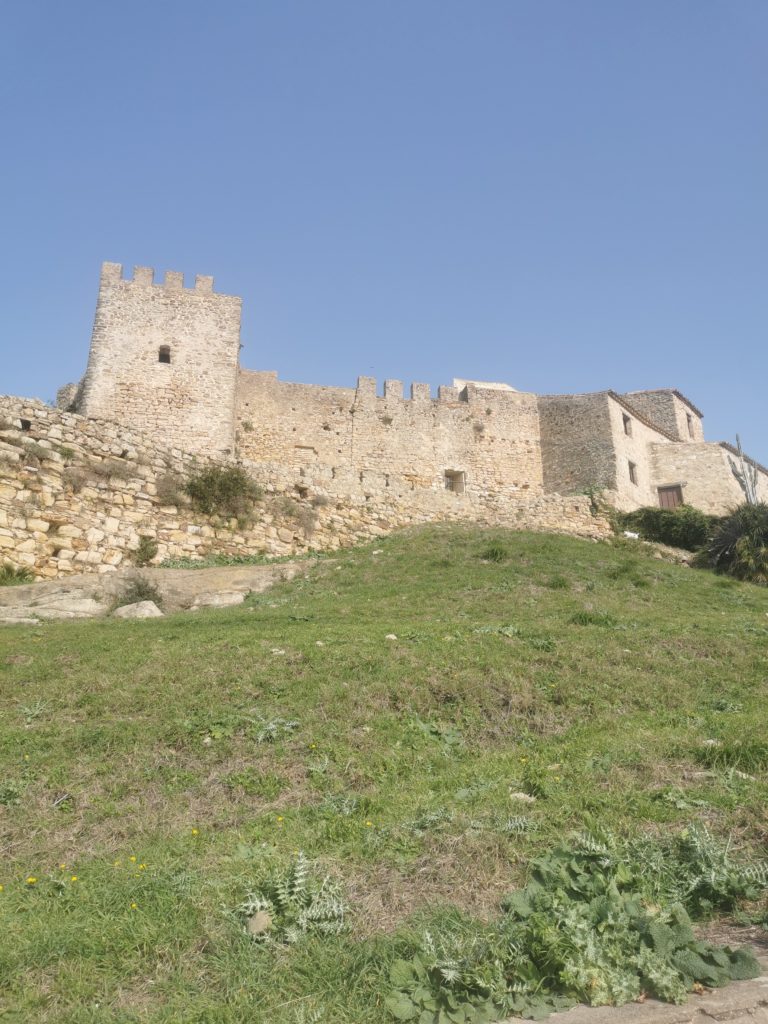
The farm is just next to the Alcornocales national park and the bird life around his place was wonderful when I was there. Have a look at the film of the hundreds of Griffon Vultures above his farm when I visited. His farm is also overlooked by the Castle of Castellar, from where you can see Gibraltar and the North African coast. As seems to be always the case, my visit to Pedro was much more than just a visit to a farm. Thanks Pedro!
Confirmed father, alleged farmer, an occasional writer, undoubted if undistinguished linguist, shameless traveller, unreformed poet of the Chinese recluse type.

